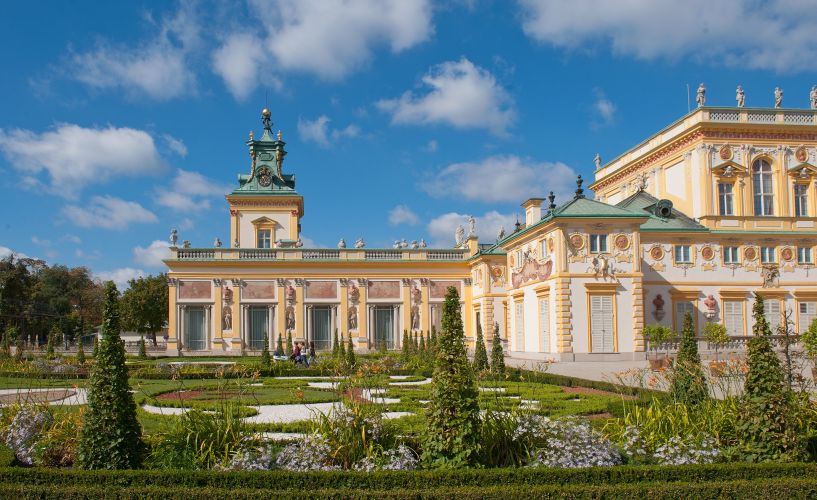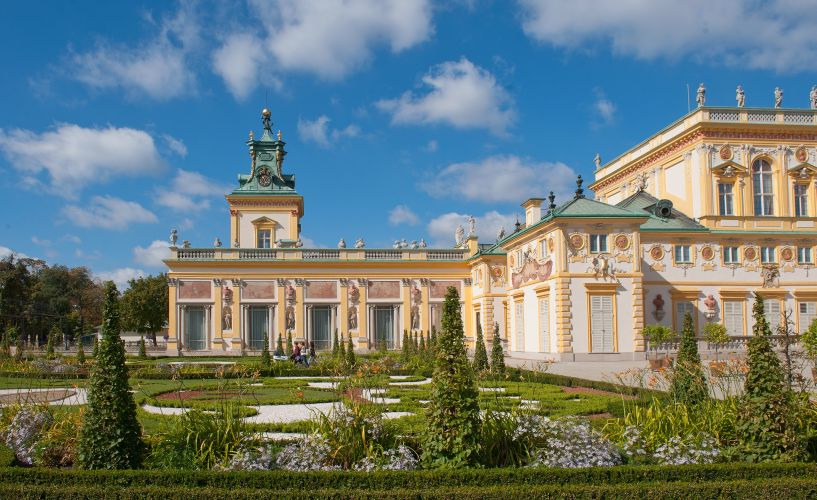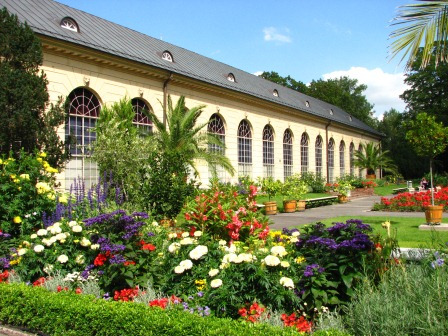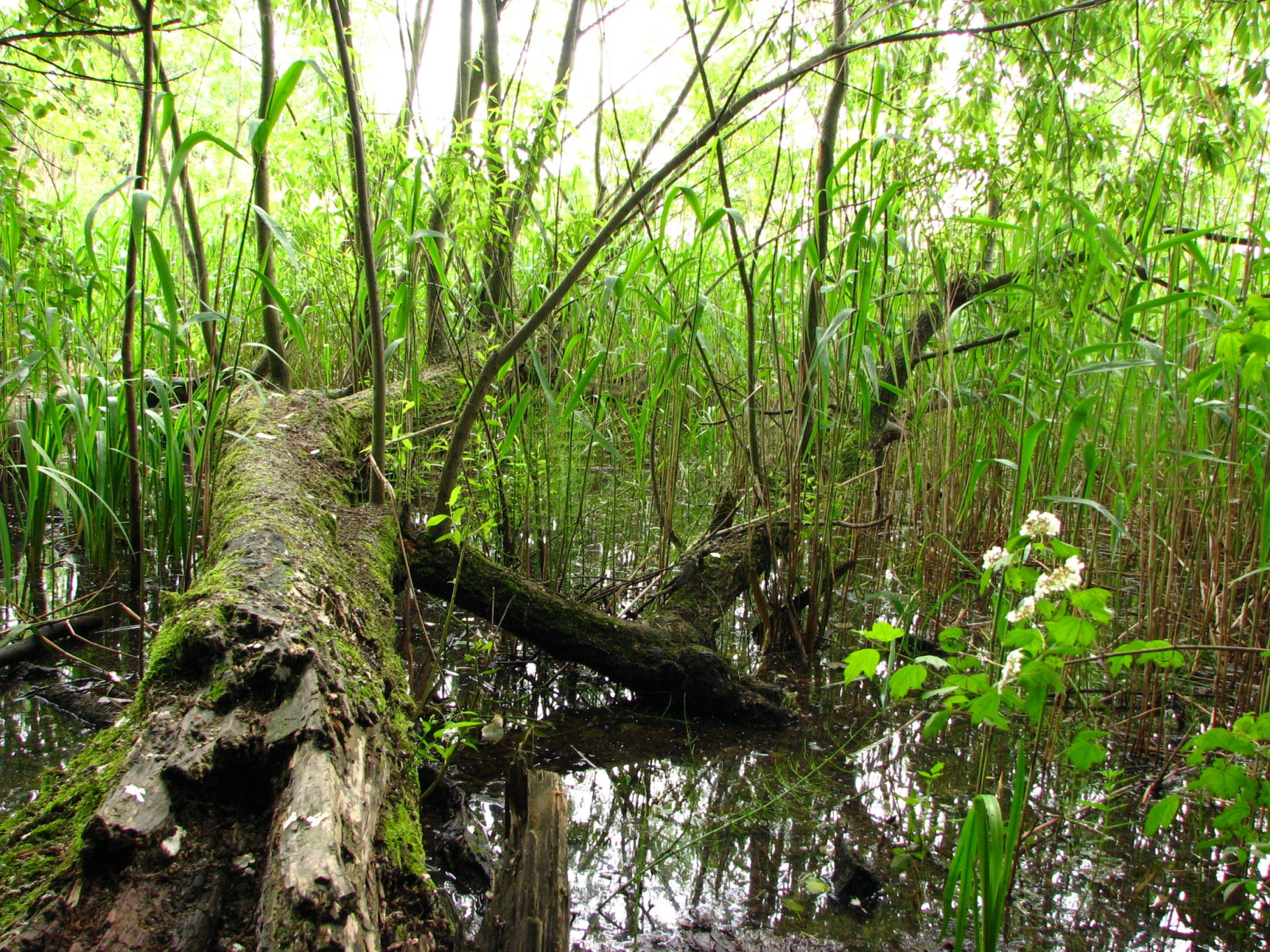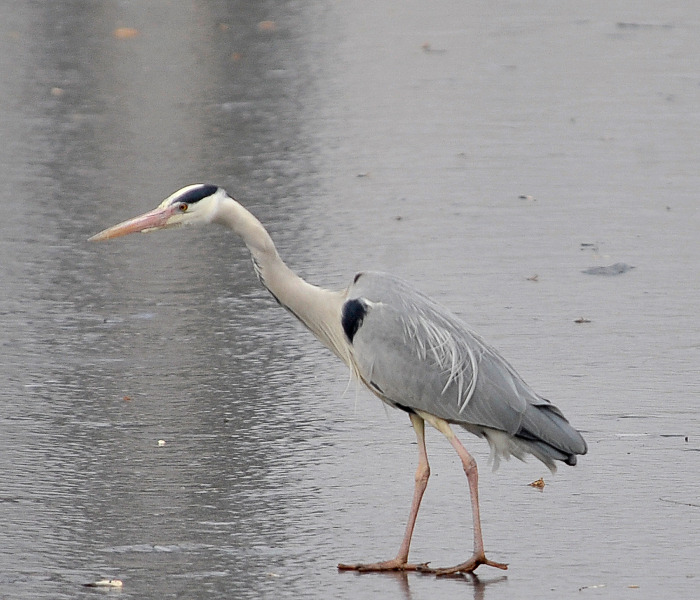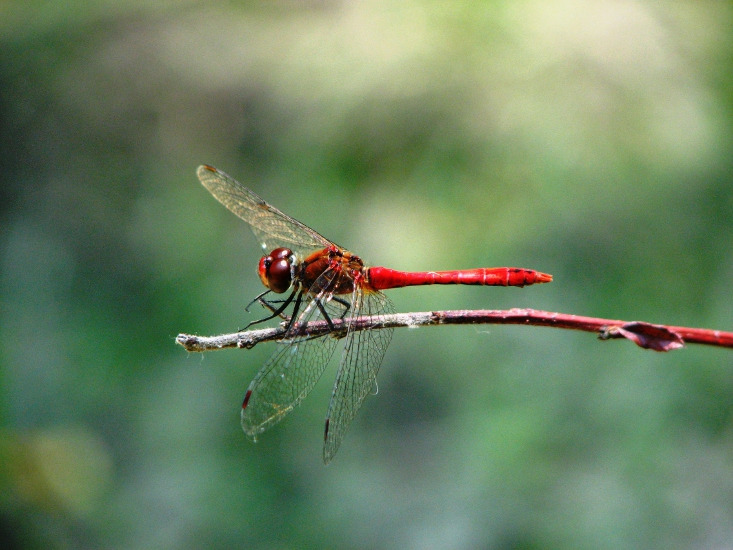Project “Social education in the conflict between urbanisation and ecology at the Wilanów Palace Museum”
Project “Social education in the conflict between urbanisation and ecology at the Wilanów Palace Museum”
Project “Social education in the conflict between urbanisation and ecology at the Wilanów Palace Museum” - Photo gallery
In the years 2014–2016, the Museum of King Jan III’s Palace in Wilanów implemented the project “Social education in the conflict between urbanisation and ecology at the Wilanów Palace Museum” co-financed by the Financial Mechanism of the European Economic Area (EEA FM) 2009-2014.
Its subject matter and programme resulted from the need to find answers to the questions: what is the current state of the environment, what are the main directions of changes taking place in the immediate vicinity of the museum, how can these unfavourable changes (construction of numerous shopping centres, city bypass) be counteracted, and in what perspective should decisive steps be taken to protect the surroundings of the historic royal residence and its environment. At the same time, this project was an inherent element of the museum’s information and promotional activities.
The strategy of the operator of funds from the EEA FM, i.e. the National Fund for Environmental Protection and Water Management (NFOŚiGW), based on effective and efficient support for all environmental activities with particular emphasis on the absorption of foreign funds, gave the museum the opportunity to implement this unique task.
The “social education” contained in the title created a new model of cooperation between museologists, nature lovers, scientists, community activists and residents of the surrounding areas, including social groups of different ages and characters, encouraging everyone to expand their knowledge and build a community that is co-responsible for the place in which they live, and its surroundings.
The important goals of the project – apart from summarising information about the environment surrounding the palace and gardens – were to build a knowledge base about selected ecosystems within the boundaries of the historic Wilanów residence, assess their biodiversity and create a catalogue of environmental threats resulting from the dynamic development of the city and the growing pressure of urbanisation. The development of the capital and its southern part, called New Wilanów, revealed problems of incomplete infrastructure, as well as contamination of surface waters, mainly the Służewiecki Stream, increase in exhaust emissions and overwhelming noise and light pollution in the areas of former rural areas with relatively rich biological life. These changes, resulting from direct human urban activity, were also accompanied by other phenomena on a universal scale, such as: global warming causing climate change, an increase in the concentration of greenhouse gases, radical atmospheric phenomena or rapidly increasing air dustiness.
The research covered environmental diagnostics in three main areas: water, air and land, and focused on the description of various parameters related to ecosystems: biological, chemical and physical. During the implementation of the project, we created knowledge bases about the state of the environment, and we also made sure to transfer the acquired knowledge and experience pro publico bono, because an important goal of our project was to raise public awareness of the threats identified by scientists and experts.
Social education was an equally important value of the project, because the results achieved, studies and expert opinions were immediately transferred to recipients during seminars, public debates and scientific conferences, in the form of publications on websites, as well as during family meetings, museum lessons and thematic walks on area of the historic Wilanów residence.
The project’s success indicator – in accordance with the definition established by the operator of the National Fund for Environmental Protection and Water Management – was to be the number of participants in all activities related to education and promotion of biodiversity protection in the museum and its surroundings. The initially assumed indicator was significantly exceeded, reaching the final value as much as seven times higher than planned! We had the opportunity to share the knowledge acquired in the project with over 600,000 people visiting the museum and actively participating in various meetings on its premises and using the knowledge made available in the virtual space, on websites or social media (Facebook).
The achieved social effect proves the great demand for this type of knowledge, transferred during an interesting and adequately prepared educational programme, adapted to the requirements of various recipient groups, as well as an obvious increase in public awareness of biodiversity and ecology, climate change and the economic value of ecosystems.
Education about the protection and sustainable use of natural resources served to shape ecological attitudes. The project created 30 percent more “educational tools” than originally expected. The combination of traditional methods of education and direct contact with museum visitors with modern methods of knowledge transfer – such as QR codes or a mobile application – made visits to parks and gardens more attractive and provided museum guests with access to valuable information resources.
We recorded over half a million views of information published on Facebook, and the project website was visited by 3,500 people. Almost 30,000 people had the opportunity to read printed materials in the form of booklets, guides or brochures, almost 15,000 visitors visited design stands during the Wilanów Days and the Night of Museums, over 12,000 participated in various meetings, debates, workshops and conferences, and almost 10,000 in the online competition.
The museum as a cultural institution has therefore received an incredible opportunity to conduct an almost three-year programme of activating visitors and building a sense of common responsibility of the community – local and beyond – for the entrusted care of the museum of cultural and natural assets.
We hope that the reliable knowledge on the basis of which the 24-person team of museum employees carried out tasks in cooperation with external partners as part of the three-year project, as well as the effects of educational and promotional activities will help not only the local community, but also urban planners and employees of other museums managing teams of parks-palaces in accurately recognising and understanding the nature of the environmental changes we are confronted with today. We will also be happy to share further experiences and results of our work as a continuation of the efforts started in this project.
The implementation of this project would not be possible without funds obtained from the Financial Mechanism of the European Economic Area and the Norwegian Financial Mechanism, as well as the National Fund for Environmental Protection and Water Management, preparing them for use in Poland. The possibility of using this form of support has become a source of inspiration, creation and development of important research work for the museum, as well as for many other institutions. Thanks to these funds, the Museum of King Jan III’s Palace at Wilanów could not only actively work to raise public awareness of the protection of biodiversity and ecosystems, but also continue cooperation with scientists and researchers and jointly search for effective solutions. The implementation of this project resulted in the museum strengthening its position as an institution that consciously implements the principles of sustainable development, which are so important in the modern world.
MORE INFORMATION:
EEA Grants
Polish website of EEA funds
